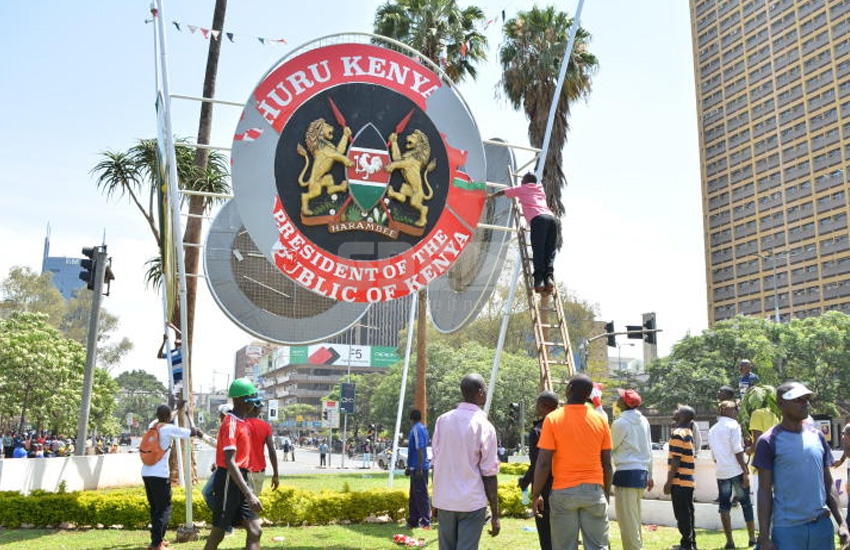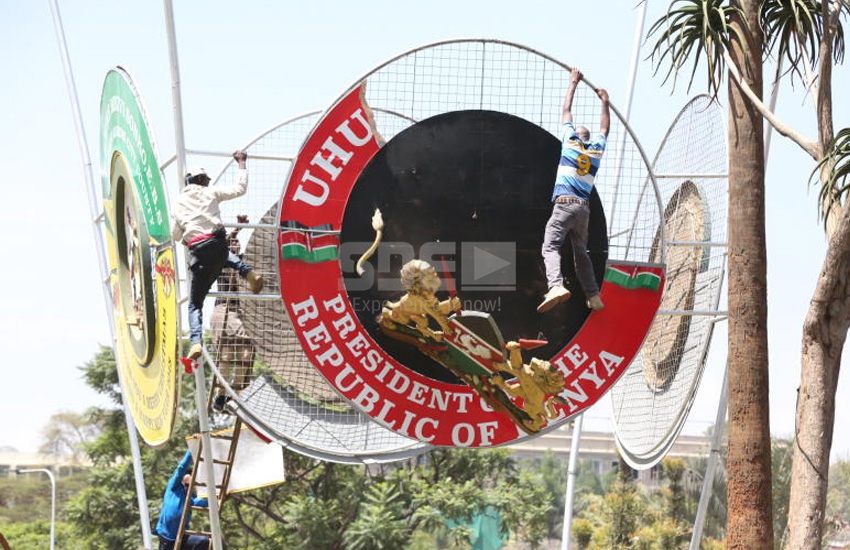
Kenya has two instruments of power for the president, who is also the commander-in-chief of the armed forces: a bound copy of the Constitution and the ceremonial sword, which has only been handed over twice to the incoming head of state in over 50 years.
Founding President Mzee Jomo Kenyatta never got the honour of handling the ceremonial sword in a public ceremony when Kenya gained her independence on December 12, 1963.
Prince Philip, who came to hand over the two instruments of power only gave Kenyatta the Constitution, but not the sword. Kenyatta was then Kenya’s prime minister, and thus, head of government. The sword is only given to a new head of state and at the time, Malcolm MacDonald held the position as the last colonial governor.
As you know, most presidents are civilians, but as presidents, they become the commander-in-chief of the armed forces, and the sword signifies the conferring of military authority. But since Kenyatta was not president yet, the sword ceremony was skipped.

He ruled for 15 years and was ‘killed by death’ on August 22, 1978 and succeeded by his vice president Daniel arap Moi. Since Kenyatta could not hand over the sword in his state, the new president was sworn in by Chief Justice James Wicks, upon which he signed the oath of office during a swearing-in ceremony.
Moi missed the sword, but later handed it over to retired President Mwai Kibaki in 2002 to signify the end of this reign in a chaotic ceremony at Uhuru Park, Nairobi.
Kibaki did the same in 2013 when he handed it over to Jomo’s son, Uhuru Kenyatta, to signify the handing over of power, at Kasarani Stadium, Nairobi.
Besides instruments of power, there are symbols of power as well - the presidential standard (which denotes the presence of a head of state in a building, car or area. The presidential standard, also called the presidential colour, is an embroidered flag flown on the right hand side of the presidential car.

All four of Kenya’s presidents have had different standards: Jomo modelled his from the national flag, with the coat of arms at the centre, minus the shield and spears, on a black patch. He used this for seven years to 1970 when he adopted a dark-blue hue with the Kanu jogoo on the far right with two spears crossing a shield.
Moi opted for a green standard with a jogoo and shield, while Kibaki adopted a white one with a shield in national colours, two golden spears with olive branches on the sides.
Uhuru adopted his father’s blue colour, but with a version of the shield crossed with two swords and a dove, which is the symbol of The National Alliance (TNA), the political vehicle which catapulted him to State House.
Indeed, the jogoo is one of two of Kenya’s national animals, the other being the lion. The jogoo was picked as it was the symbol of Kanu, the party that rode Kenya to independence in 1963.
It was chosen to signify “the harbinger of a new life” and “the call of a new dawn.” It features on the coat of arms holding an axe to symbolise arbitration and justice. The two lions on the coat of arms are symbols of courage to defend mother Kenya!

Former Karachuonyo MP and UNDP ambassador for Women Phoebe Asiyo recalls in her 2018 bio It is possible that: “Tom Mboya invited me and other friends of his to his house to discuss and design a possible coat of arms. It was decided that the coat of arms should depict the movement of a young Luo man from his father’s homestead to his own homestead once he became of age. After the design was agreed on and an artist made an illustration, I was asked to embroider it on a canvas cloth for further discussion by people in higher authority.”
The crowing of the cockerel, Phoebe adds, would signify the start of a new life, a new home, and a new movement.
Would you like to get published on Standard Media websites? You can now email us breaking news, story ideas, human interest articles or interesting videos on: [email protected]
 The Standard Group Plc is a multi-media organization with investments in media
platforms spanning newspaper print
operations, television, radio broadcasting, digital and online services. The
Standard Group is recognized as a
leading multi-media house in Kenya with a key influence in matters of national and
international interest.
The Standard Group Plc is a multi-media organization with investments in media
platforms spanning newspaper print
operations, television, radio broadcasting, digital and online services. The
Standard Group is recognized as a
leading multi-media house in Kenya with a key influence in matters of national and
international interest.









